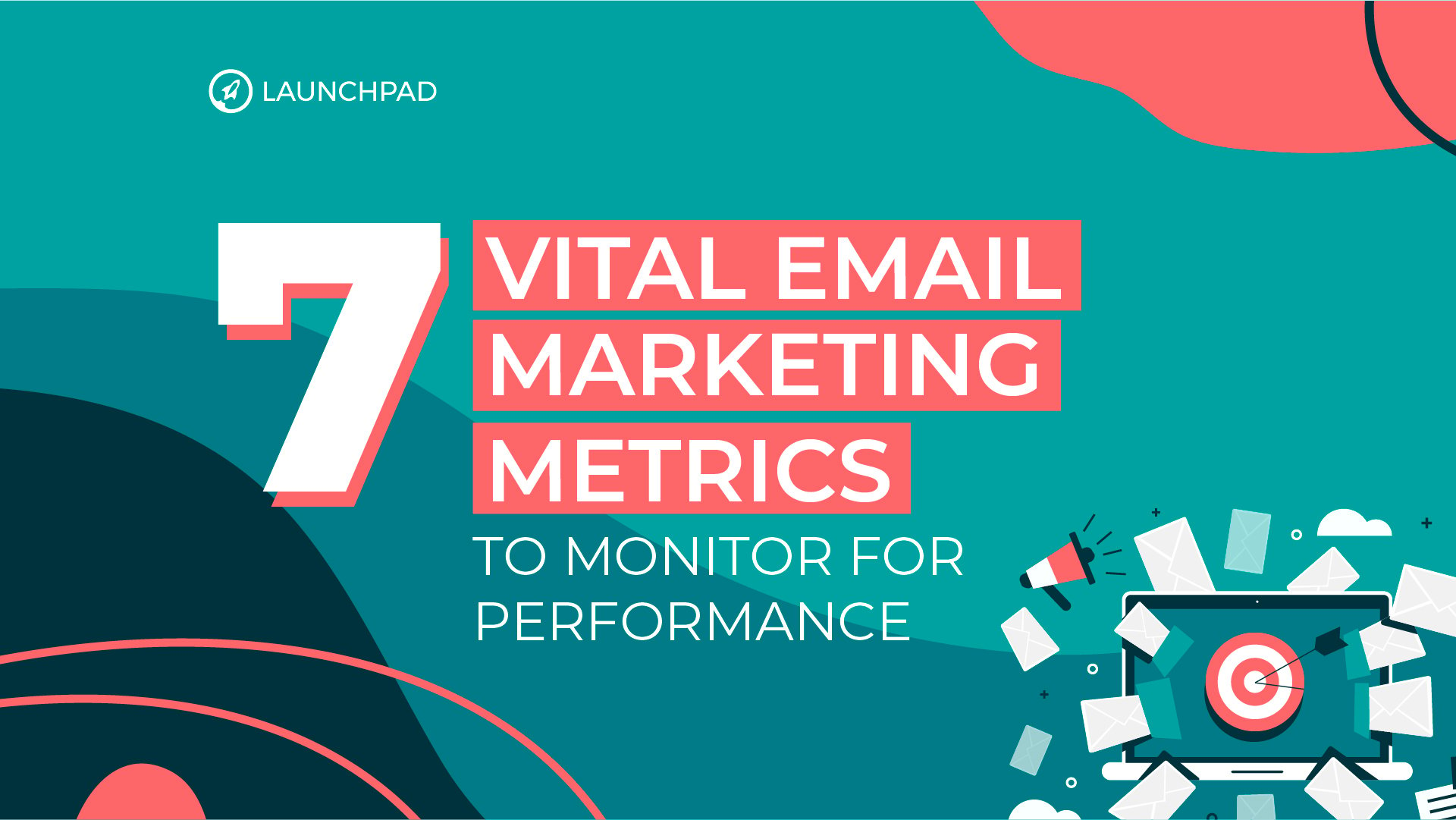
Email marketing is still a worthwhile strategy. As much as 760% increase in revenue can be achieved from a properly segmented email campaign. 78% of marketers have already seen an increase in email engagement over the last 12 months. However, many are still having trouble measuring and identifying whether their email efforts are working or not.
Why should you care about the numbers, or email marketing metrics? Couple of reasons:
- To know what type of emails your audience likes the most
- To help you decide what to do next and plan further down the inbound funnel
- Most importantly, email metrics quantify your work and make it easy to communicate & report your campaign performance
As marketers, you rely on these quantifiable metrics to justify what works and what doesn’t. How else would you report and measure your hard work? Using tools such as HubSpot, you will be able to monitor email activities in detail and get much-needed insight.
So, what kind of metrics do you need to be aware of? Here are 7 important email metrics to take note:
1. Open Rate

The first thing you want to see when analysing your email performance is the Open Rate. As the name suggests, it refers to the percentage of recipients who opened your email. Take note of this critical metric because your email campaigns will be ineffective unless your subscribers open and read them. Depending on your industry and market, a good Open Rate should be about 15-30%.
2. Clickthrough Rate (CTR)
Clickthrough Rate identifies what percentage of email recipients who clicked on a link within your email. These links could be CTAs like ‘Shop’ or ‘Download’, hyperlinks to a webpage, or other actions intended for the subscriber. CTRs are helpful to know how engaged your readers are and is one of the marketing metrics important for the campaign.
3. Conversion Rate

Following the clickthrough rate, the next thing to measure is the conversion rate. It is the point at which your subscriber takes the action that your email has asked them to take and moves forward down the inbound funnel. It could be to follow a new social account, or download a new lead offer, or perhaps take on the free trial offer. These would be considered as conversions to another inbound stage (Visitor, Leads, Customers, Promoters).
/Inbound%20Marketing%20Journey_launchpad_image.png?width=600&name=Inbound%20Marketing%20Journey_launchpad_image.png)
4. Bounce Rate
There are two types of bounces: hard and soft. Hard bounces are caused by an invalid, incorrect, or non-existent email address, and these emails are not delivered permanently. You should immediately remove hard bounce addresses from your email list, because internet service providers (ISPs) use bounce rates as one of the key factors in determining an email sender's reputation.
Soft bounces, meanwhile, are caused by temporary problems with a valid email address, such as a full inbox or a problem with the recipient's server. If the recipient's server holds these emails for delivery until the problem is resolved, you can try re-sending your email message to soft bounces.
5. List Growth Rate
/email%20marketing%20rates-freepik-launchpad.png?width=350&name=email%20marketing%20rates-freepik-launchpad.png)
The rate at which your email list is growing is referred to as its list growth rate. It will assist you in broadening your reach, increasing your audience, and establishing yourself as an industry thought leader. Did you know that it’s natural for an email list to slowly decrease in open rate and click rates? That’s why it’s smart to revisit your email lists every so often to keep it updated with fresh email addresses and trim down inactive ones.
6. Forwarding Rate
Forwarding Rate is a good supplementary metric to keep track of. When you have a higher forwarding rate, it means you have a better chance of generating new contacts as email recipients who clicked on a “share this” button to post email content to a social network.
7. Unsubscribe Rate

Last but not least, Unsubscribe Rates represent the percentage of your email recipients who clicked on the “unsubscribe” link within your email. Every email must have an Unsubscribe option for subscribers to opt out whenever they want. And you should never fear the unsubscribe rate! People who unsubscribe help trim down inactive contacts on your list, keeping your email list fresh and relevant to only your most qualified leads.
Conclusion
These 7 vital email marketing metrics help you track and measure your email campaigns better. They allow you to see behaviours of your subscribers, and plan out the next inbound action to nurture and convert them. Emails continue to be an effective way to keep your subscribers informed and your business and brand name in their minds.



